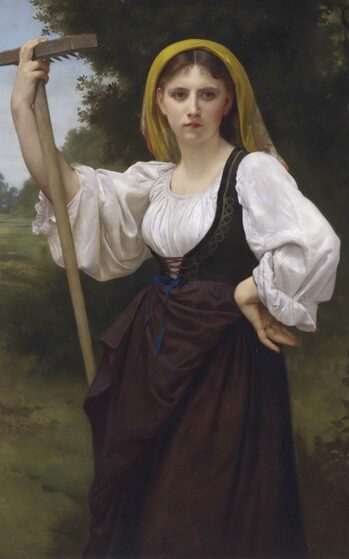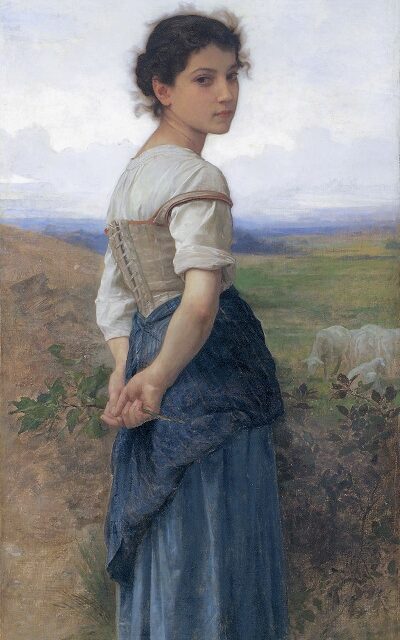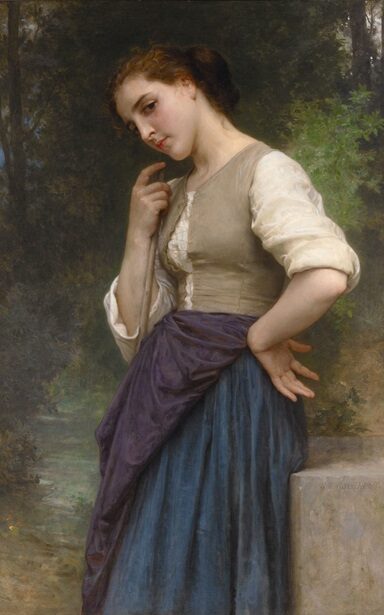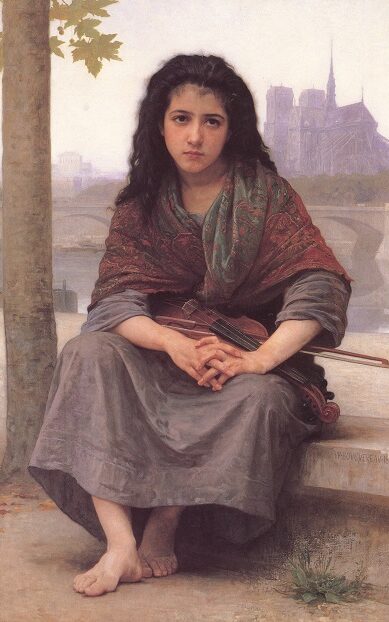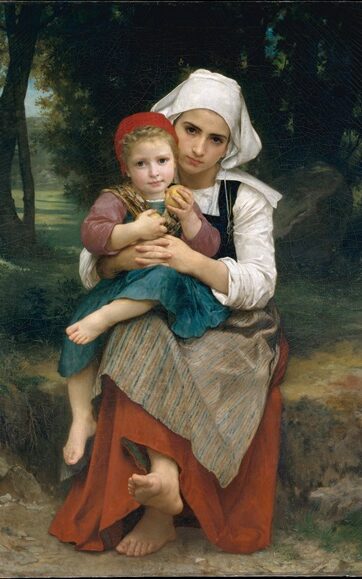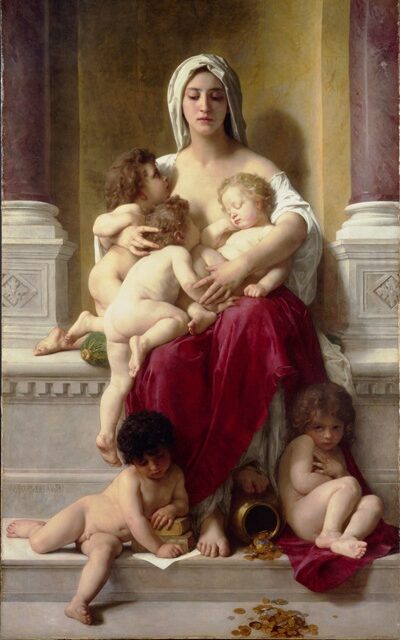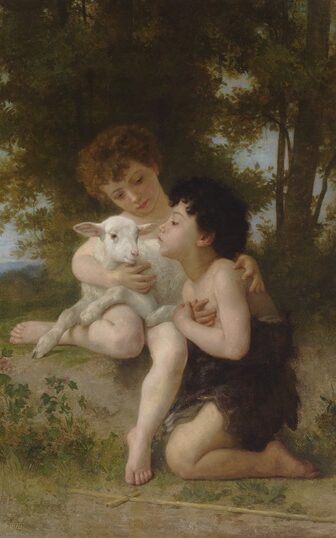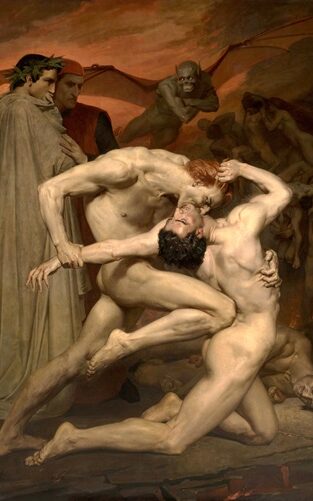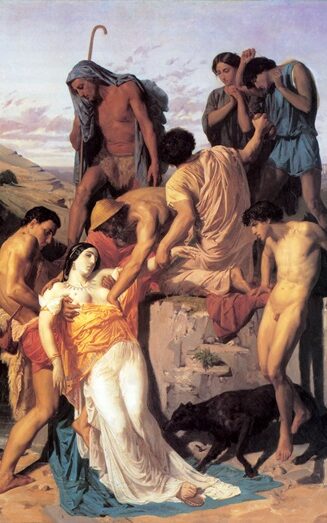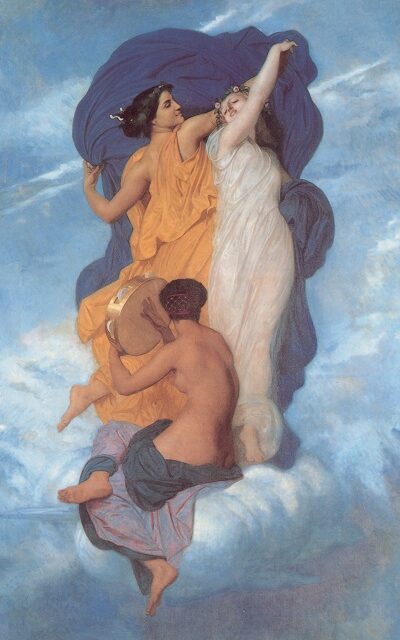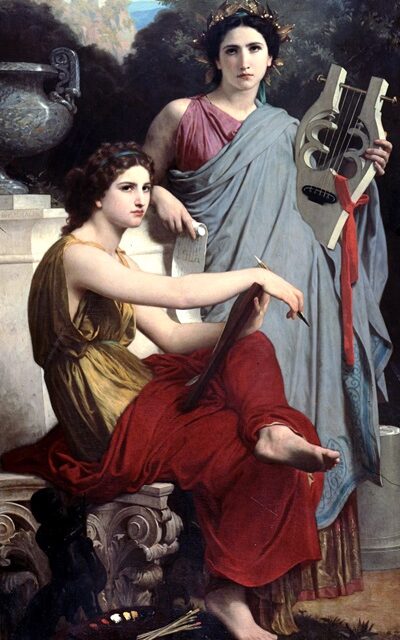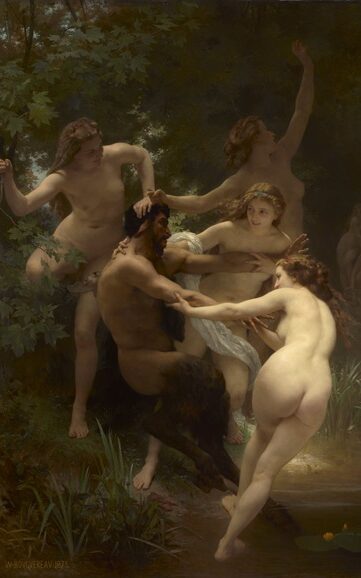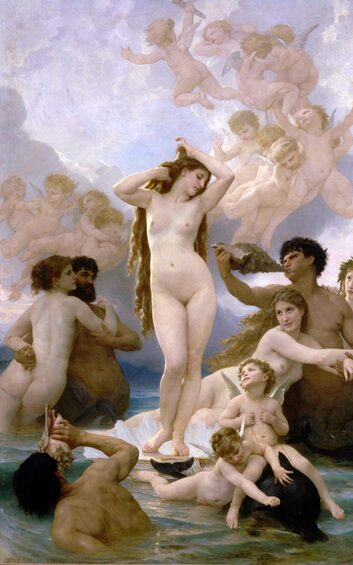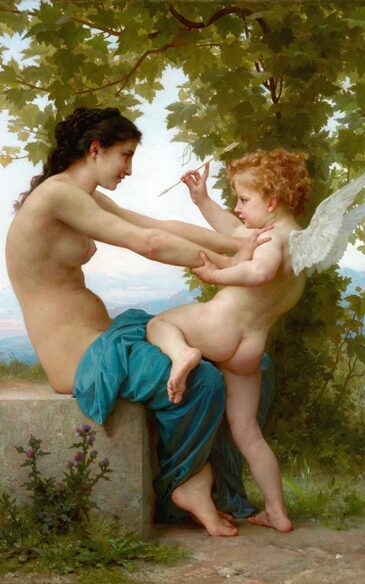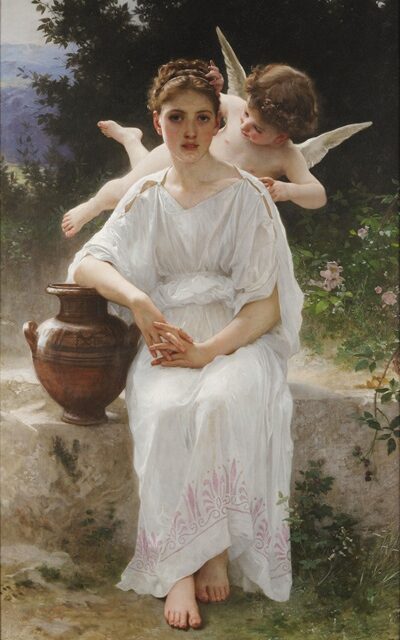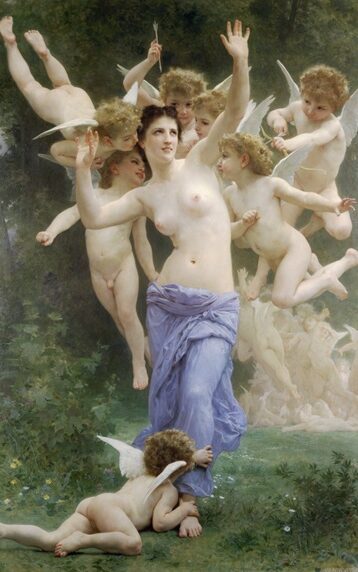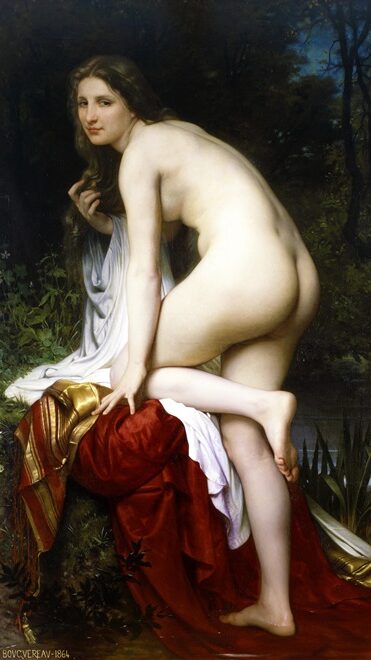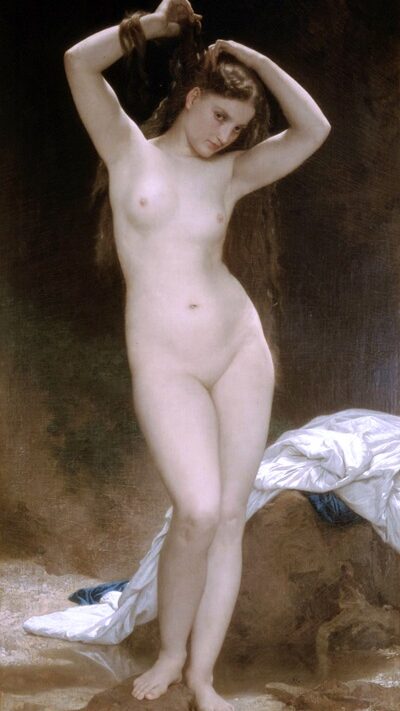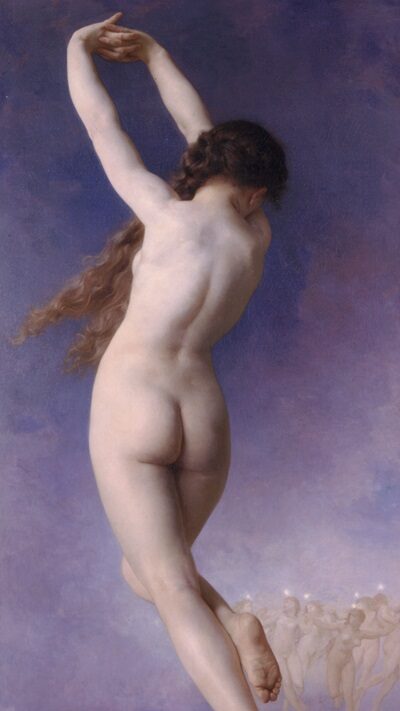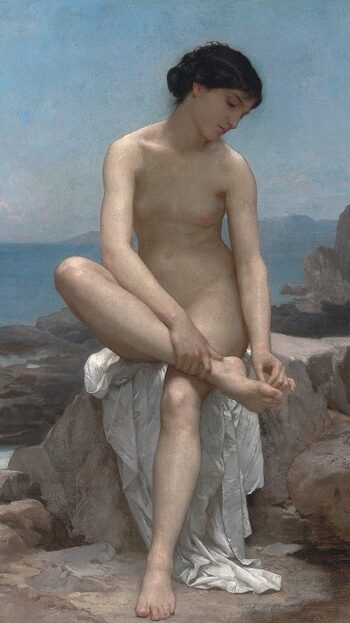A collection of hight quality scrolled images originating from French academic painter William-Adolphe Bouguereau (1825-1905). He was one of the premier painters of the 19th. century and was particularly famous for his rendering of the female human body..
Click images below for expanded detailed scroll views. In the scroll views, try clicking the control tabs on the upper left corner. You can manually expand or minimize, shift right or left, pause or scroll up or down. This will lead to a more immersive viewing experience.
The peasant Girls of bouguereau
The following show Bouguereau’s appreciation of the physical beauty of peasant girls with slim arms and shouders.
Children in the paintings of bouguereau
The following is Bouguereau’s depiction of the innocent beauty of young children. He lost a lot of his children to disease in his lifetime so this must have been an important theme for him.
historical paintings, Mythical Paintings
In the early 19th century, historical painting was the most respected of artistic genres. This was because it could be used to commemorate great historical moments for posterity. Two early Bouguereau paintings below, “Dante and Virgil in Hell (1850)” and “Zenobia found by Shepherds on the banks of the Araxescan (1850)” can be considered to belong to that genre. Bouguereau was trying for the “Grand Prix de Rome” and painted a subject likely to please the judges. He succeeded after several attempts and received support for 3 years of study in Rome at the Villa Medici. In Rome he studied classical literature and this influenced his subject choice for the rest of his career. His reverence for Greek sculpture and Raphael Michelangelo was also a result of his stay. After this, his rise was rapid. He slowly turned away from history paintings and focused more on renditions of the female form which was his forte. The paintings below “The Dance (1856)”, “Art and Literature (1867)”, “Nymphs and Satyr (1873)” show this trend. The painting “Birth of Venus (1879)” was a masterpiece and show this skill to the full.
The Bathers
Bouguereau’s beautiful rendering of the female form. One painting “Bather (1864)” below was submitted to an exhibition in Ghent, Belgium. It was purchased at great cost.
William-Adolphe Bouguereau (1825-1905)
Bouguereau was a renowned French academic painter known for his mastery of classical techniques and his ability to capture the beauty and idealized forms of the human figure. He was one of the leading lights of the 19th century and played a significant role in the French academic art movement.
He had 5 children but 4 died before him. Their mother was one of his models Nelly Monchablon whom he met when she was 19 years old,. After Nelly’s death, he married Elizabeth Jane Gardner an America painter. She was one of the most famous of his many pupils at Académie Julian.
At the start of his career he concentrated on historical paintings but soon turned to other themes which he executed with great technical skill and attention to detail. He was particularly noted for his skill in painting the female form.
During his lifetime modernism and impressionism gained increasing popularity but Bouguereau remained steadfast in his commitment to classical realism. His paintings were highly sought after by collectors and patrons, both in France and abroad. He received numerous awards and honors.
Some of Bouguereau’s most famous works include “The Birth of Venus” and “Nymphs and Satyr”. They exemplify his mastery of composition, technique, and narrative storytelling. His paintings captivate audiences with their timeless beauty and evocative themes, solidifying his legacy as one of the greatest painters of the 19th century.
Notes
The comments above reflect only the thoughts the administrator had while viewing the images. They might or might not be comments by the subjects or the photographers etc.. Please excuse any inaccuracies. You are welcome to leave comments in the comment space. Otherwise send messages to “kohi@scroll.kohibiz.com”.
The images are from Wikimedia Commons. Public domain. Many thanks to Wikimedia Commons and the photographers for making these superb images available. Some photos have been cropped from the original using the Vertical Scroller application program. This is to ensure the best viewing experience.
